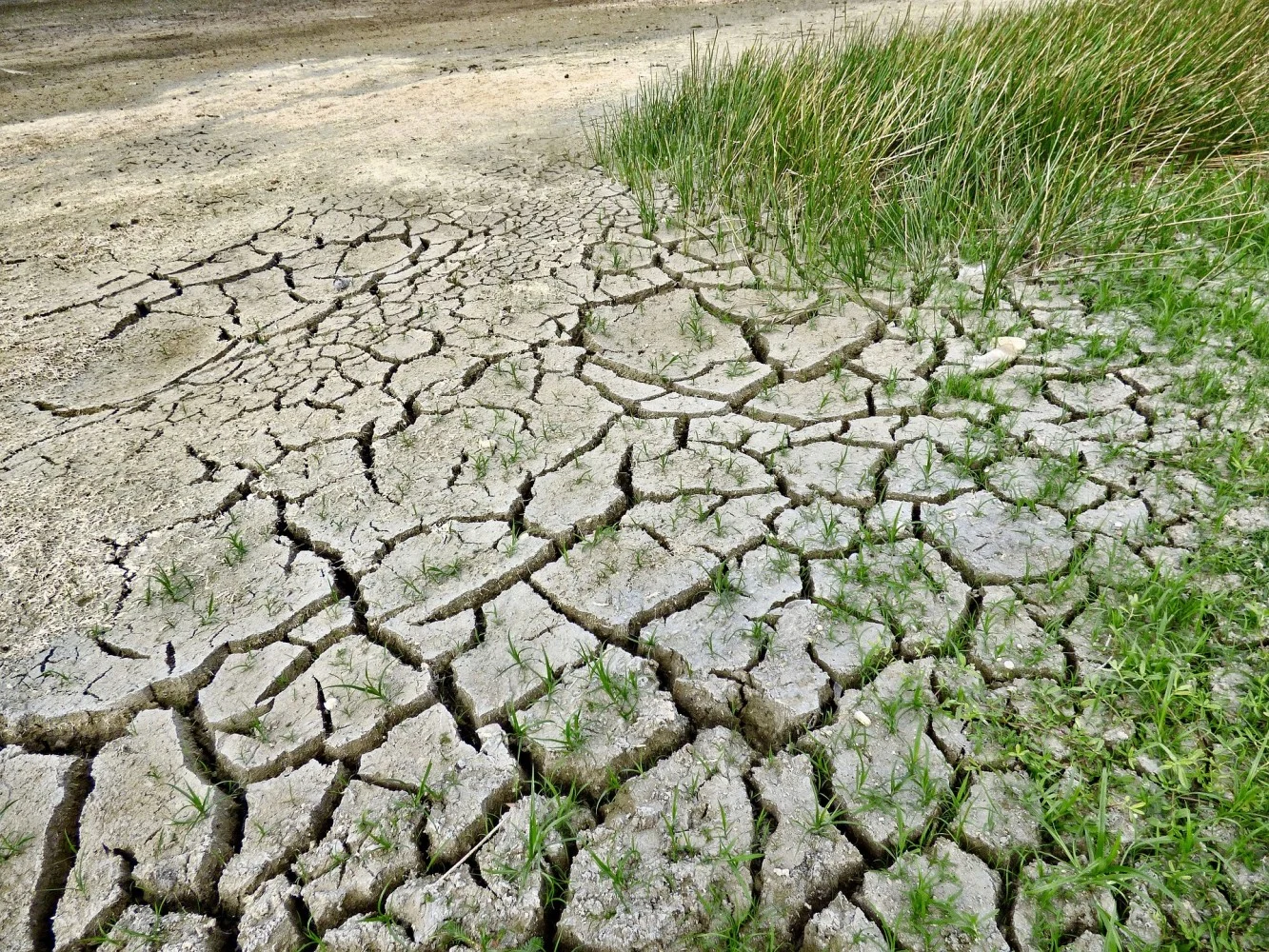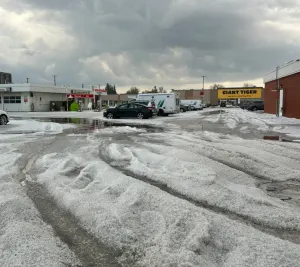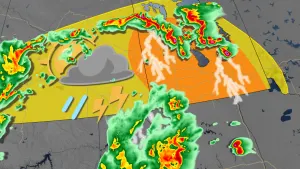
Earth approaching Hothouse state not seen in 50 million years, study finds
A group of international researchers have found that greenhouse gases released by humans are causing temperatures to rise at a rate that hasn’t been observed for millions of years.
From palm trees in the Arctic to enormous glacial ice sheets blanketing North America, Earth’s climate has undergone drastic changes that naturally occurred for a variety of reasons.
However, a new study finds that human activity is causing the planet to warm at a rate that has not been seen since the extinction of dinosaurs, and the researchers say it cannot be explained by natural variations in Earth’s changing orbit.
Scientists have known for decades that Earth’s climate undergoes extreme variations when the planet circles the Sun on a different path or from a divergent angle. Their knowledge was limited to the historical records that researchers were able to reconstruct, but the data has now been significantly lengthened.
RECONSTRUCTING 66 MILLION YEARS OF CLIMATE DATA
The record of variations in Earth’s climate was reconstructed through a collaboration of international researchers that stretched over several decades. The data extends 66 million years back in time, showing historical greenhouse gas concentrations and how the climate was influenced by changes in Earth’s orbit around the Sun.
Sediments were collected from deep layers of the seafloor so the researchers could analyze the shells of microscopic plankton. These fossilized shells contain carbon and oxygen isotopes that can be used to understand a variety of oceanic factors throughout history, including ocean temperatures and the amount of carbon dioxide that was in the atmosphere.
Sediment samples were then analyzed with variations in Earth’s orbit to construct the climate record back to 66 million years.
Variations in Earth’s orbit are known as Milankovitch cycles, which are three ways the Earth’s position relative to the Sun changes. These cycles affect how much solar energy reaches the Earth’s atmosphere and where solar energy hits the planet. These cycles include the shape of Earth’s path around the Sun (eccentricity), the tilt of Earth’s axis, which affects how much solar energy the poles receive (obliquity), and the direction that the Earth wobbles on its axis as the planet rotates (precession).
The researchers found several significant trends when ocean sediments were compared to variations in Earth’s orbit. Most notably, they found that the record reveals four distinctive climate states: Hothouse, Warmhouse, Coolhouse and Icehouse.
The climate’s responses to orbital variations were unique within each state that involved slight fluctuations in global temperatures. Entering a new state typically involved a dramatic shift in global temperatures and subsequent changes in biodiversity and continental geography, such as retreating continental ice sheets.
The 66 million year reconstruction also revealed that the climate’s response to orbital variations depends on greenhouse gas concentrations within Earth’s atmosphere and the extent of polar ice sheets. This means that both of these factors can either balance or exacerbate the climate’s warming response to variations in Earth’s orbit.
The researchers also concluded that greenhouse gases released by humans are causing temperatures to rise at a pace that has not been seen for tens of millions of years and are beyond the natural variations in Earth’s orbit.
"Now that we have succeeded in capturing the natural climate variability, we can see that the projected anthropogenic warming will be much greater than that,” the researchers said in a press release from the University of California Santa Cruz.
Since human activity has drastically changed the climate in just 100 years, the researchers can model how these changes will affect the way the Earth will respond to upcoming orbital variations. Eccentricity varies over a cycle that is about 100,000 years, while the obliquity cycle spans 41,000 years cycle and the precession cycle lasts around 23,000 years.
BARRELING TOWARDS A HOTHOUSE STATE
Earth’s climate has been in an Icehouse state for the past 3 million years, which is characterized by alternating glacial and interglacial periods. However, the study states that greenhouse gases released by humans since the 1900s is sending the climate into Warmhouse and Hothouse states that have not been seen for 34 million years since the Eocene epoch. During the Eocene, global temperatures were 9 to 14°C warmer than present-day and the polar ice caps had completely melted.
The study says that during the time period from 3.3 million years ago to present-day, “Earth’s climate cryosphere dynamics entered a state not comparable to anything seen in the preceding 60 or more million years.”
The rapid warmup expected over the next few centuries is even more staggering.
"The IPCC projections for 2300 in the 'business-as-usual' scenario will potentially bring global temperature to a level the planet has not seen in 50 million years," explained coauthor James Zachos, University of California professor of Earth and Planetary Sciences, in the university’s press release.
Earth would be void of ice in this scenario and sea levels would rise several metres while inundating low-lying nations and coastal communities around the world. Glaciers and ice sheets are critical features of the environment that help regulate global temperatures because they reflect sunlight away from the Earth’s surface, which limits heating within the atmosphere.
Without polar ice, the study warns that Earth’s climate dynamics could become permanently unpredictable and Earth will have a much more amplified climate response to variations in the planet’s orbital variations and cycles.
Thumbnail courtesy: jodylehigh/ Pixabay











